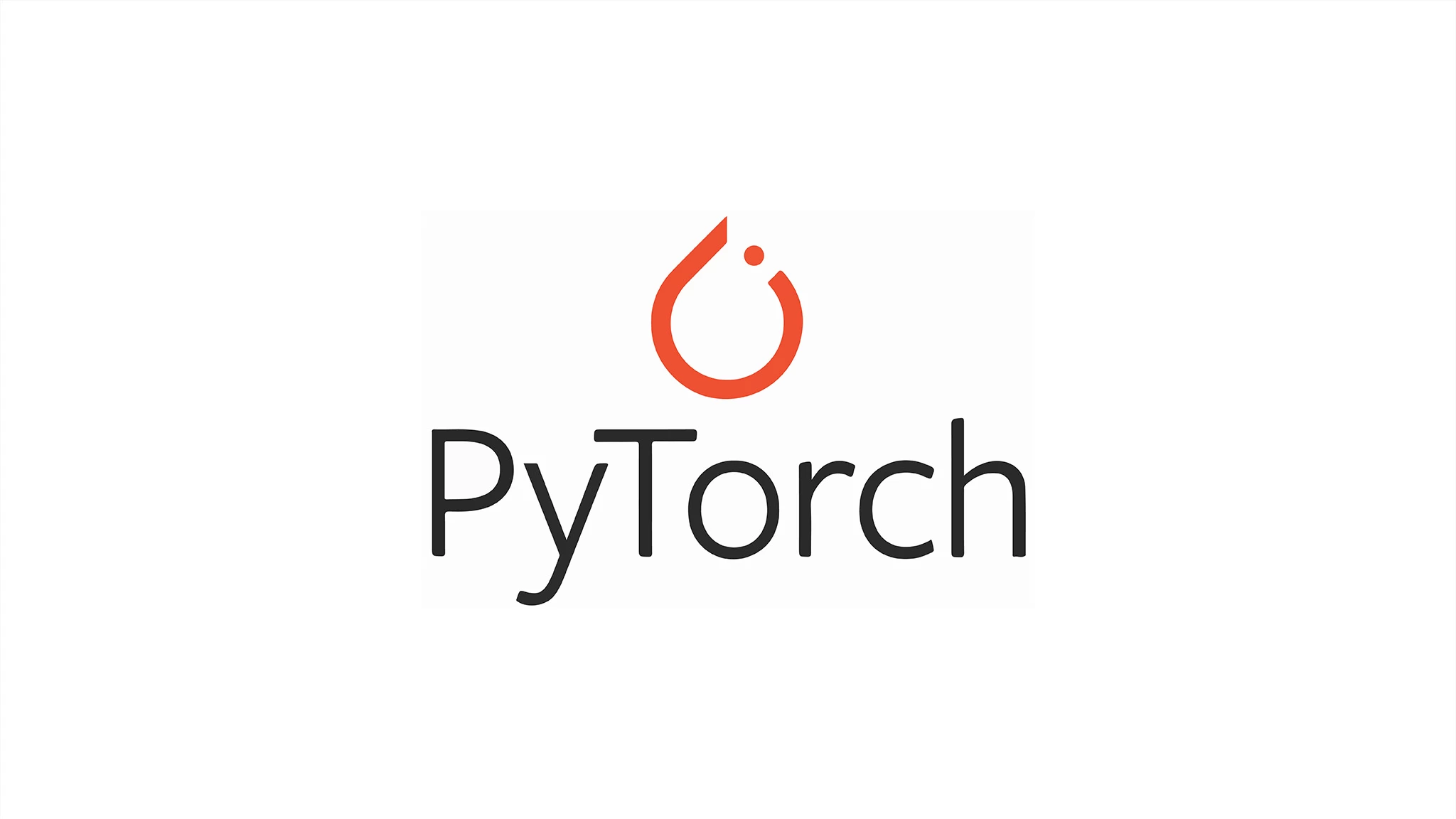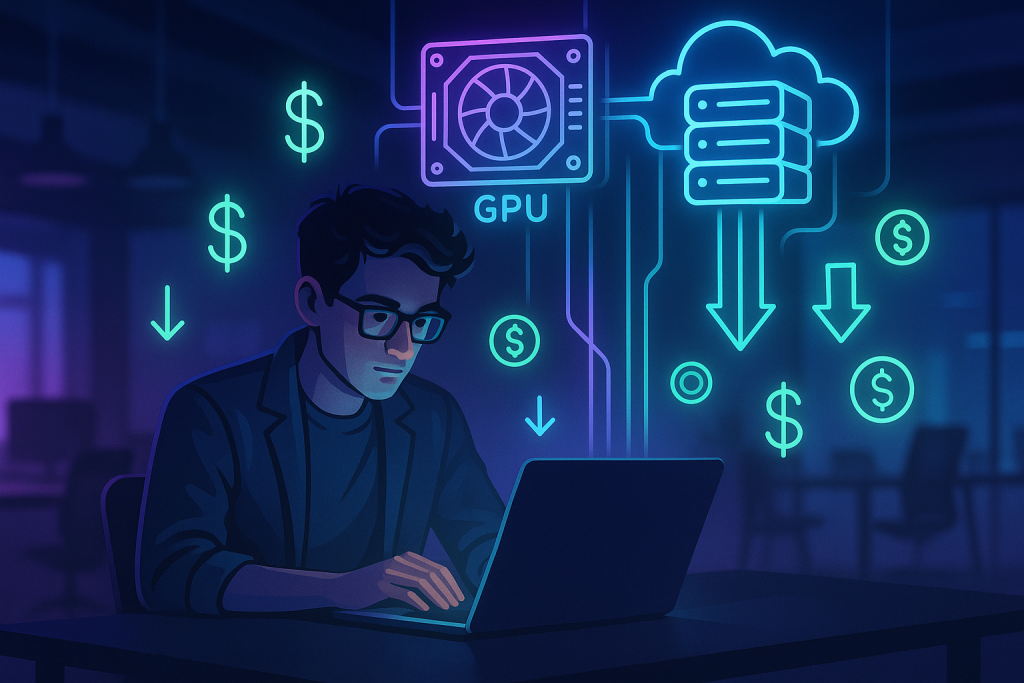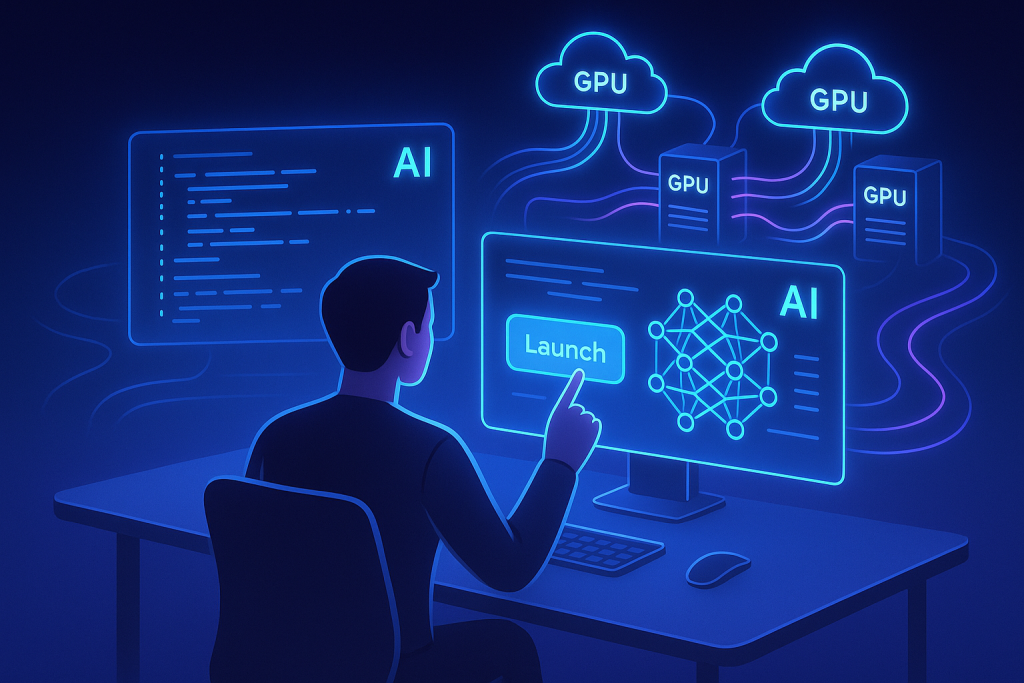Learn PyTorch: Efficient Tensor Computation for Machine Learning
Introduction
Well, what if every now and then you dived into neural networks humming along like well-tuned engines and you were solving complex problems elegantly? This wonder is built on PyTorch: the full-featured toolbox for fast tensor math and neural networks. Whether you’re new or working to sharpen your skills, with PyTorch this journey is accessible, empowering, and we dare say—exhilarating.
If you want to master PyTorch and find out why it’s a darling software for data scientists and researchers, you’re in for a life-changing experience.
What Makes PyTorch Stand Out?
1. Dynamic Computation Graphs
While traditional frameworks rely on static computation graphs, PyTorch constructs them on the fly. This combination grants maximum flexibility, especially when we are dealing with those models where input lengths could be variable, e.g., natural language processing or real-time analytics.
2. Intuitive Syntax and Debugging
The Pythonic interface of PyTorch ensures that the syntax is intuitive and thus is a perfect choice for a beginner. Errors are easier to debug since operations execute immediately without having to wait for an entire computational graph to be constructed beforehand.
3. GPU Acceleration
Taming the power of the GPUs is easy, thanks to PyTorch’s easy connectivity with CUDA. This property guarantees that even big computations can work seamlessly.
Getting Started with PyTorch
If you’re a beginner, relax. PyTorch is an exciting framework, and this book will take you on a journey from the basics to advanced applications
Step 1: Installation
Go to the official website of PyTorch and follow the guided installation instructions. The first step is to choose your OS, compute platform (CPU or GPU), and Python version..
Step 2: Mastering Tensors
PyTorch is built on top of tensors. You can think of them as the multi-dimensional skies with GPU acceleration. Here’s a quick comparison:
| Feature | NumPy Arrays | PyTorch Tensors |
| Multidimensional | Yes | Yes |
| GPU Support | No | Yes |
| Dynamic Graphs | No | Yes |
Pro Tip: Use torch.unsqueeze() to add an extra dimension to a tensor. Read more about it here.
Step 3: Building Neural Networks
PyTorch’s torch.nn module makes it easy to build and train neural networks. Layers, activation functions, and loss calculations are all neatly packaged so that you can concentrate on innovation.
The Best Way to Learn PyTorch from scratch
Hands-On Practice
To learn PyTorch from scratch, start with simple projects. For instance:
- Build a linear regression model.
- Train a convolutional neural network (CNN) for image classification.
- Experiment with Recurrent Neural Networks (RNNs) for sequence data.
Engage with the Community
The PyTorch community is quite inspiring. These can be great for asking questions, sharing ideas, and finding advice or user-created tutorials. You will not only solve the problems quicker but also have a diversified perspective towards the practical application of the problem.
Utilise Free Resources
As a starting point, the official PyTorch tutorials are great. Using industry Blogs and Guides, AI, real-world insights on GPU rental, and advanced PyTorch applications.
Explore Advanced Topics
When you are confident with the fundamentals, delve into more advanced concepts such as:
- Transfer Learning: Reuse pre-trained models for specific tasks.
- Reinforcement Learning: Explore AI techniques for decision-making.
- Generative Models: Build GANs or Variational Autoencoders (VAEs).
Tips for Efficient Tensor Computation
- Batch Processing: Batch all the operations such that it maximizes GPU usage. It cuts overhead and increases the speed of training.
- DataLoaders: PyTorch’s torch.utils.data.DataLoader takes care of data loading and if required, data augmentation thus taking care of the overall moving pipeline.
- Profiling Tools: Utilize the built-in profiler of PyTorch to determine bottlenecks and optimize your code.
- Optimisers: Experiment with advanced optimisers like AdamW for improved convergence in training deep networks.
| Batch Size | GPU Utilisation | Training Speed |
| 16 | Low | Slow |
| 64 | Medium | Moderate |
| 128 | High | Fast |
Common Challenges and How to Overcome Them
Debugging Gradient Issues
PyTorch’s dynamic computation graph makes it easy to inspect and modify gradients. Use torch.autograd to debug issues step-by-step.
Memory Management
GPU memory errors? Free up memory using torch.cuda.empty_cache() or optimize tensor operations to avoid excessive memory usage.
Learning Curve
While PyTorch is beginner-friendly, mastering it requires consistent practice. Set achievable goals, such as implementing a specific model, to stay motivated.
Model Deployment
Deploying PyTorch models can be challenging. Use torch.jit to optimize models for deployment or explore tools like TorchServe for production-ready setups.
Conclusion
In learning PyTorch, you were not just learning a skill; you were using the tools that allow you to do machine learning efficiently and creatively. From hobbyists to seasoned professionals, mastering PyTorch enables building smarter, more flexible models that will make an impact. Ready to dive in? Get started with PyTorch today and change your perspective on machine learning. Run your training seamlessly with our GPU rental. Who knows? Perhaps your next breakthrough is only a few tensors away.
FAQs
- PyTorch for beginners, is it good?
Yes, PyTorch is very user-friendly and intuitive, with a dynamic computation graph. Its Pythonic nature allows even deep learning novices to build models with minimal effort.
- What’s the best way to learn PyTorch?
In practice, the most effective method to grasp PyTorch is hands-on projects, engaging with the community, or exploring free resources, such as the official tutorials.
- Can I use PyTorch for GPU computing?
Absolutely! PyTorch integrates seamlessly with CUDA, enabling efficient GPU utilisation for tensor operations and model training.
- Do I need a powerful system to use PyTorch?
GPUs can speed things up, but PyTorch is not limited to using them, which also means that it will run on most systems.



